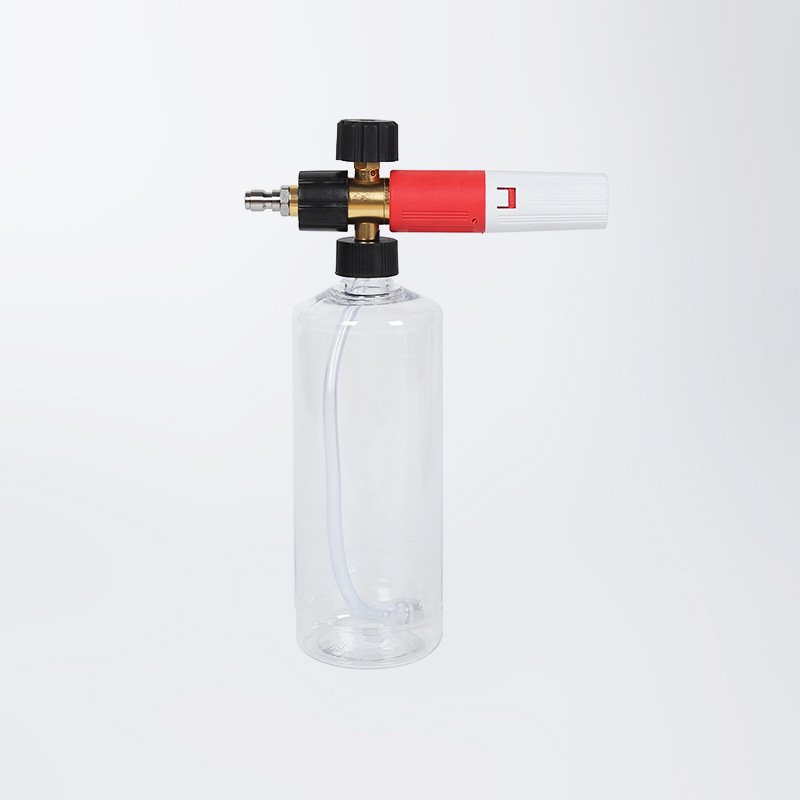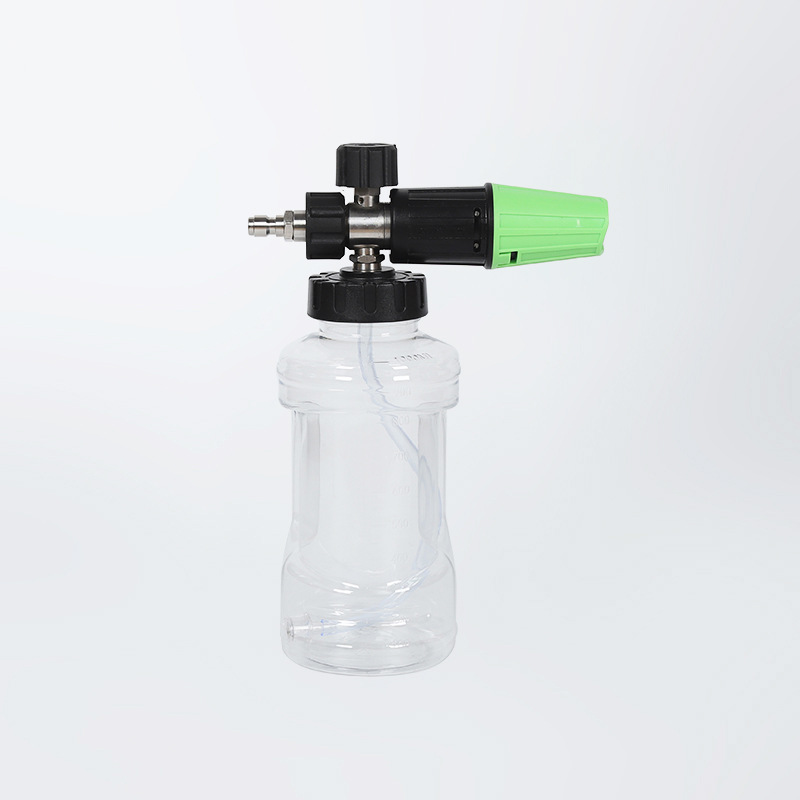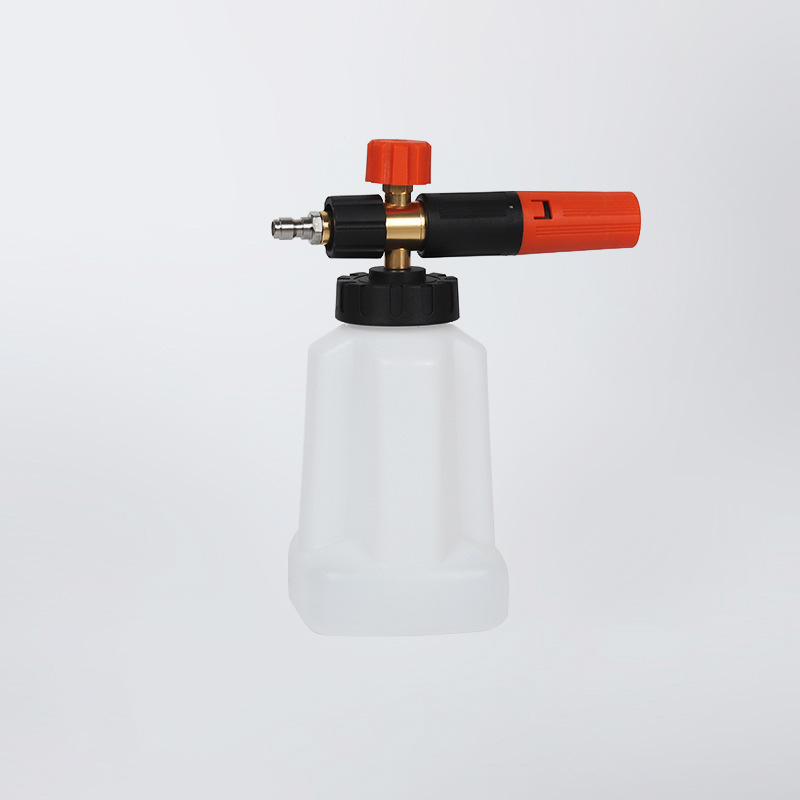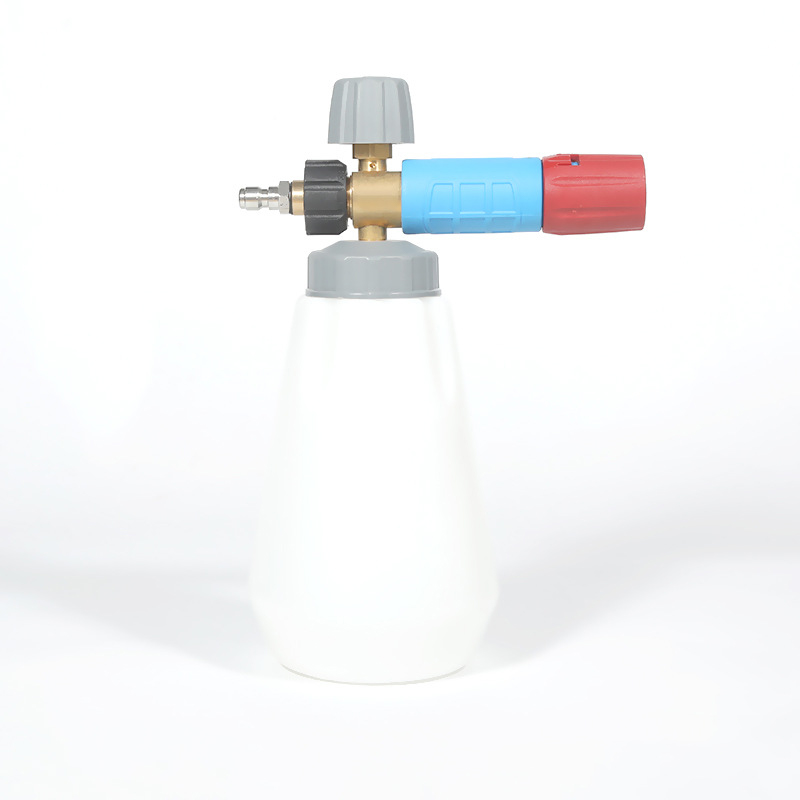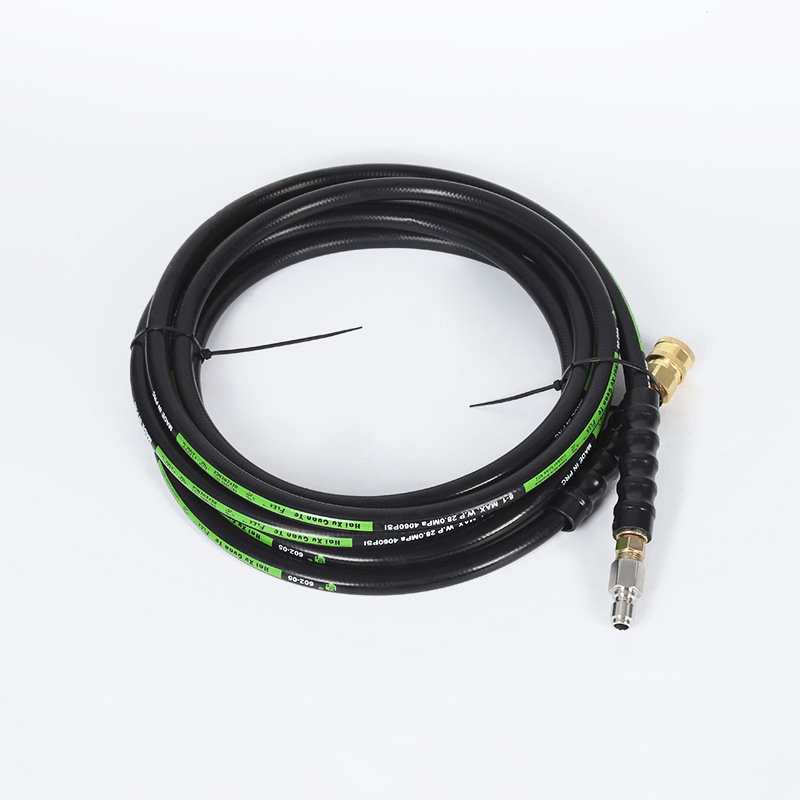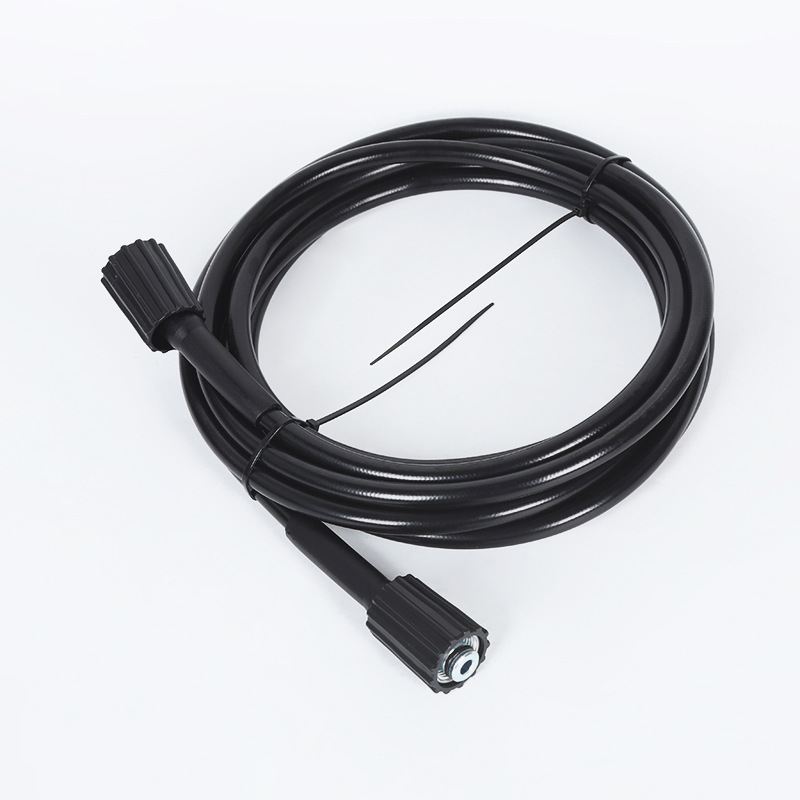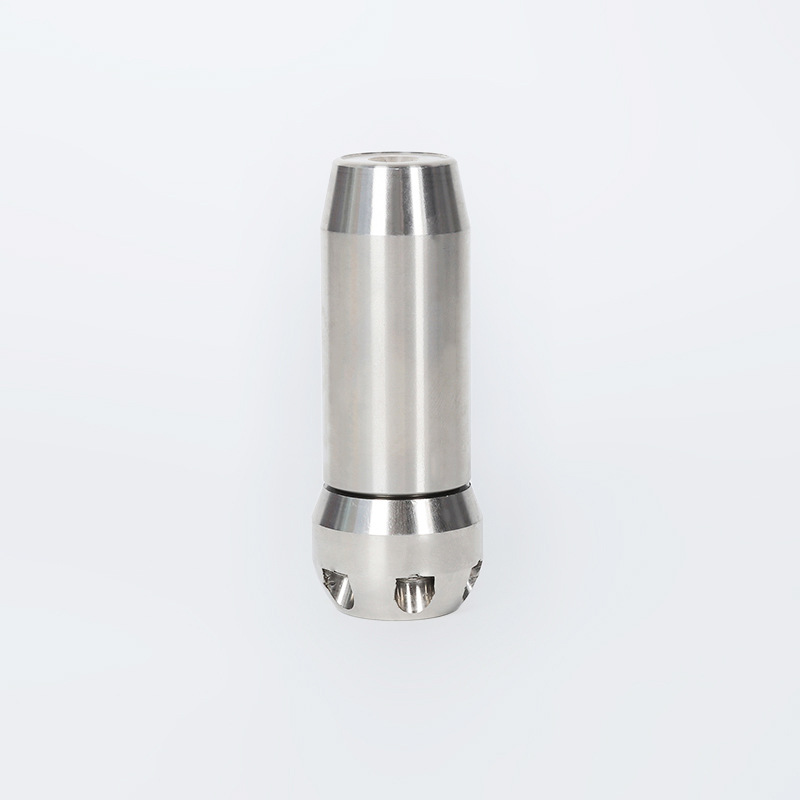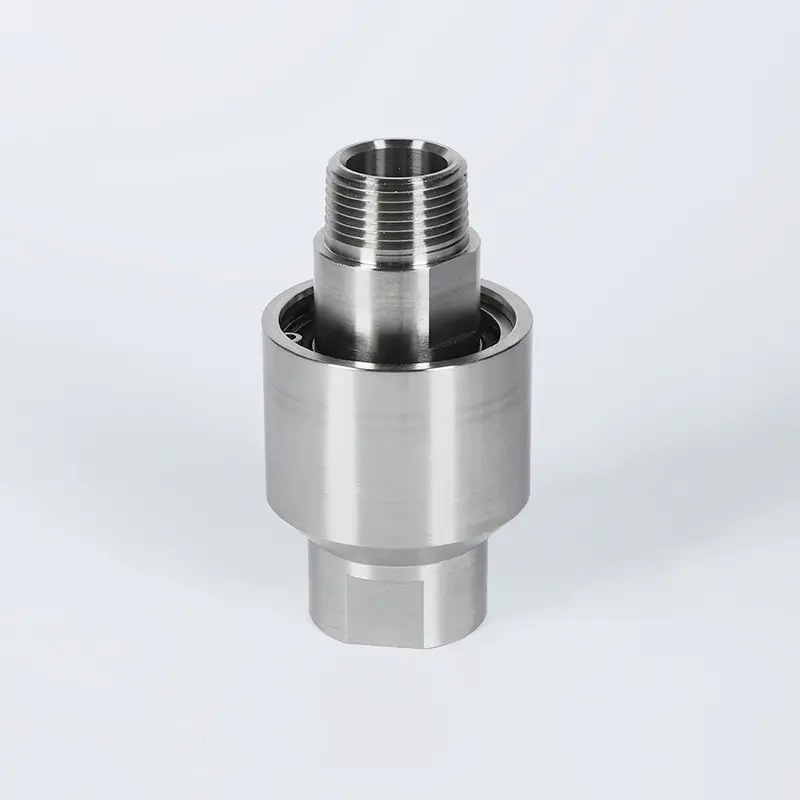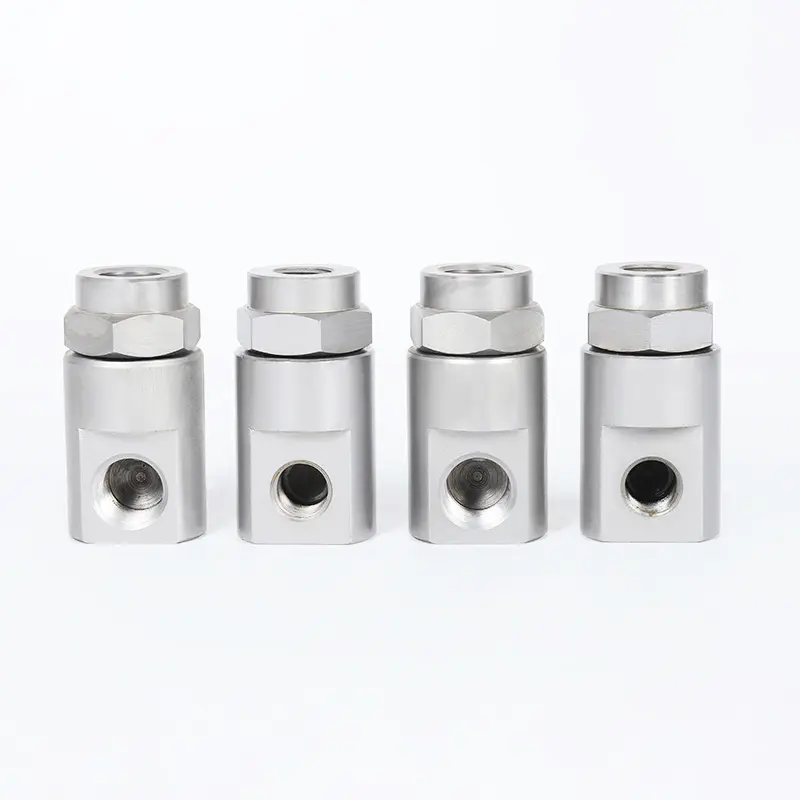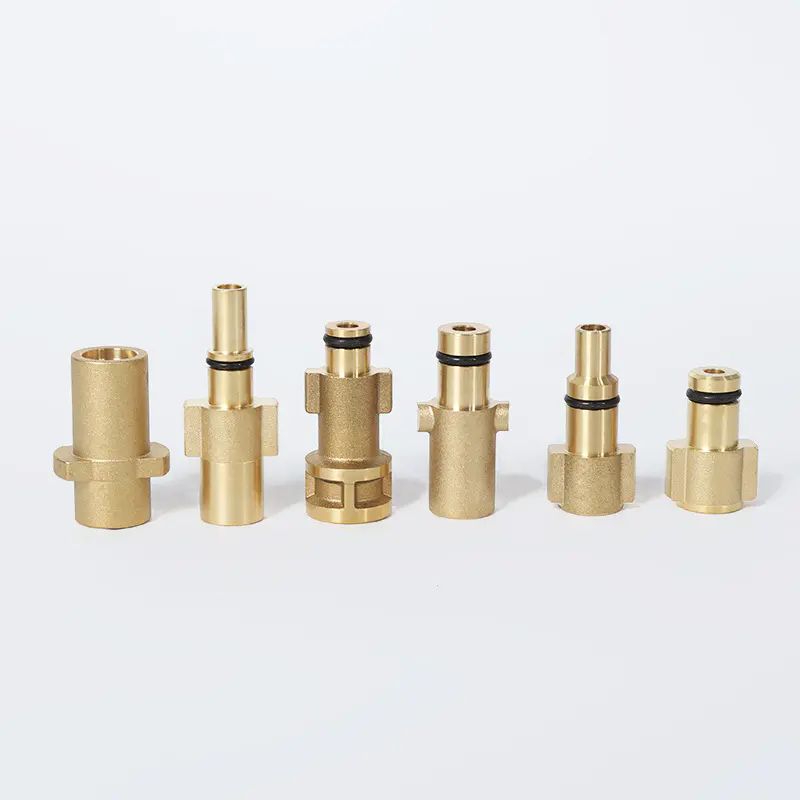Energy Efficiency in Modern Industrial Humidifiers
Industrial humidifiers play a critical role in maintaining proper humidity levels across various production environments, including textile manufacturing, electronics assembly, pharmaceutical storage, and food processing. In recent years, there has been an increased focus on developing energy-saving models that reduce operational costs while maintaining stable humidity performance. These models utilize innovative technologies such as variable-speed fans, smart sensors, and automatic adjustment systems to optimize energy use according to environmental conditions. By automatically regulating water output and airflow, these units prevent unnecessary power consumption, making them more efficient and sustainable compared to traditional humidifiers.
Automatic Adjustment Functions and Their Benefits
Automatic adjustment functions in industrial humidifiers are designed to respond dynamically to changes in temperature and relative humidity within a workspace. Equipped with intelligent sensors, these systems continuously monitor air conditions and adjust their output to maintain preset humidity levels. For example, when ambient humidity rises due to external factors, the system automatically reduces its mist output, conserving water and power. Conversely, when the environment becomes dry, the unit increases its humidification rate. This self-regulating capability ensures consistent humidity without constant manual intervention, enhancing both efficiency and product quality in industrial processes.
Integration of Smart Control Systems
Energy-saving industrial humidifiers often incorporate smart control systems that can be connected to centralized management software. These systems allow operators to monitor humidity data, adjust operational parameters, and receive maintenance alerts in real time. By integrating programmable logic controllers (PLC) or IoT-based control modules, facilities can automate multiple humidifiers simultaneously, ensuring that humidity levels remain stable throughout different sections of the production area. This level of automation not only enhances efficiency but also reduces human error and ensures more accurate control of environmental conditions.
Comparison Between Traditional and Energy-Saving Models
Traditional humidifiers often operate at a constant speed, consuming the same amount of energy regardless of the actual humidity requirement. In contrast, energy-saving models with automatic adjustment functions adapt to varying conditions, leading to significant energy reductions over time. The table below provides a comparative overview between conventional and energy-saving humidifiers in industrial settings.
| Feature |
Traditional Humidifiers |
Energy-Saving Models |
| Humidity Control |
Manual or semi-automatic |
Fully automatic with real-time adjustment |
| Energy Consumption |
Constant high-level power use |
Adaptive based on environment |
| Maintenance Frequency |
Regular manual checks |
Reduced through smart monitoring |
| Integration Capability |
Limited or none |
Compatible with smart control systems |
| Operational Efficiency |
Moderate |
Optimized for energy and output balance |
Role of Sensor Technology in Efficiency
Sensor technology is a key component in achieving energy savings for industrial humidifiers. High-precision sensors measure temperature, humidity, and airflow at multiple points, ensuring accurate readings across the facility. These sensors feed data to the control unit, which processes it in real time to determine whether the system should increase or decrease output. This continuous feedback loop allows the humidifier to maintain desired humidity levels efficiently. Moreover, modern sensors are designed to resist dust, high temperature, and moisture exposure, which ensures long-term accuracy and reliability even under industrial conditions.
Material Design and Durability Considerations
Energy-saving humidifiers must also be built with durable materials that withstand prolonged operation in industrial environments. Components such as fans, atomizers, and water distribution systems are often made from corrosion-resistant metals or reinforced polymers. This material selection ensures consistent performance and reduces wear-related energy loss. Additionally, water filtration systems are integrated to prevent mineral deposits that could interfere with mist generation or sensor accuracy. The robust design contributes indirectly to energy efficiency by minimizing the need for frequent repairs and replacements.
Maintenance and Operational Reliability
Even with advanced automation, regular maintenance is important to ensure continued performance of energy-saving industrial humidifiers. The use of automatic diagnostic systems, which detect component wear or water quality issues, helps operators schedule timely maintenance without unnecessary downtime. This predictive maintenance approach reduces wasted energy caused by inefficient operation due to clogged filters or faulty sensors. As a result, the overall system efficiency remains stable over long operational periods, supporting consistent humidity control across production areas.
Impact on Energy Consumption and Cost
The adoption of energy-saving industrial humidifiers with automatic adjustment systems can lead to measurable reductions in electricity usage and operating costs. Depending on the size and usage frequency, facilities have reported energy savings between 20% and 40% when switching from conventional systems. In addition to power savings, these systems also conserve water due to precise mist regulation, making them an environmentally responsible choice for industries that aim to reduce their ecological footprint. The cost-benefit ratio improves over time, as lower energy consumption offsets the initial investment in advanced control technologies.
Industry Applications and Adaptability
Energy-efficient humidifiers with automatic adjustment are widely used across multiple industries, including electronics manufacturing, printing, pharmaceuticals, and agriculture. In each of these sectors, maintaining optimal humidity levels is critical to product quality and process reliability. For instance, in textile factories, improper humidity can cause static electricity and fiber breakage, while in electronics, it can lead to component failures. The adaptability of these systems allows them to cater to different humidity requirements in various production zones, ensuring uniform air quality and stable performance.
Future Trends in Energy-Saving Humidifier Development
The next generation of industrial humidifiers is expected to feature even greater energy efficiency and automation. Manufacturers are incorporating AI-driven control algorithms that analyze historical environmental data to predict humidity trends and pre-adjust system parameters. These advancements will further minimize energy waste and extend the operational lifespan of humidifiers. Integration with renewable energy systems and eco-friendly refrigerants is also becoming more common, aligning with global sustainability goals.
Summary Table: Key Characteristics of Energy-Saving Humidifiers
The following table summarizes the essential attributes that define modern energy-saving humidifiers with automatic adjustment functions.
| Parameter |
Description |
| Control Type |
Automatic with adaptive sensors |
| Energy Efficiency |
Optimized through variable speed and smart algorithms |
| Water Management |
Automated regulation to prevent excess use |
| System Integration |
Compatible with building management systems (BMS) |
| Maintenance Support |
Predictive alerts and reduced downtime |
| Environmental Impact |
Lower power and water consumption compared to traditional systems |
Operational Safety and Performance Stability
Safety is another critical consideration in industrial humidifier design. Energy-saving models are equipped with automatic shutoff mechanisms that activate when abnormal temperature or humidity readings occur. This prevents overheating and potential electrical hazards. Additionally, the system monitors water levels and prevents dry operation, further ensuring operational safety. Stability is enhanced by electronic control boards that maintain consistent voltage supply to motors and fans, reducing fluctuations that could lead to inefficiencies or premature wear.
Conclusion on Energy-Saving Industrial Humidifiers
Energy-saving models of industrial humidifiers with automatic adjustment functions represent a significant advancement in environmental control technology. Their ability to optimize humidity levels while minimizing power and water usage makes them an effective choice for modern production facilities. Through a combination of intelligent control, durable design, and reliable safety features, these systems provide consistent performance while supporting sustainability objectives in industrial operations.





